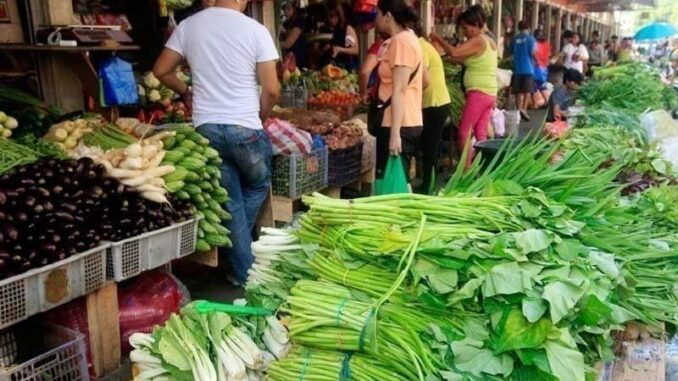
MANILA, Philippines — Ayala-led Bank of the Philippine Islands (BPI) expects headline inflation to ease further to a near four-year low of 2.5 percent in September, paving the way for the central bank to deliver more interest rate cuts in the coming months.
In a commentary, BPI lead economist Jun Neri said that inflation is likely to slow down in September before picking up again in November as favorable base effects fade, but still within the two to four percent target.
“Taking into account the latest data, we expect inflation to go down further to 2.5 percent in September, as the improvement in rice supply will likely continue to pull down the headline print,” he said.
If realized, the September inflation will mark the slowest print in nearly four years or since the 2.3 percent in October 2020.
Inflation sharply slowed to 3.3 percent in August from 4.4 percent in July, the lowest in seven months. From January to August, inflation averaged 3.6 percent.
According to Neri, the drop in August inflation is largely driven by food. In particular, rice inflation declined to 14.7 percent from 20.9 percent, its second straight month of decrease.
“The improving prospects of rice supply, following the end of El Niño and a reduction in tariffs, have contributed to this. Furthermore, the impact of the current rainy season has been limited so far,” he said.
For the fourth quarter, Neri flagged the La Niña weather event and African swine fever as upside risks to the inflation outlook as these factors could cause supply disruptions and drive food prices higher.
He said, however, that the stable commodity prices amid the economic slowdown in major economies like China could offset these risks.
BPI expects inflation to average at 3.4 percent this year before easing further to three percent in 2025. Both forecasts are well within the two to four percent target of the Bangko Sentral ng Pilipinas (BSP).
“With a favorable inflation outlook, the BSP may continue reducing its policy rate in the coming months,” Neri said. “It might be optimal for the BSP to cut the reserve requirement ratio first before cutting the policy rate again in December.”
The BSP slashed interest rates by 25 basis points in its meeting last month, bringing the key rate to 6.25 percent from the over 17-year high of 6.50 percent. It marked the central bank’s first rate cut in nearly four years.
Before the cut, the BSP kept its policy rate steady for six straight meetings since November 2023. From May 2022 to October 2023, it hiked rates by 450 basis points to tame inflation.
Neri also said the timing of rate cuts from the BSP would depend on what the US Federal Reserve does in the coming months.
“A substantial rate cut from the Fed in September would give the BSP more room to cut its own rates further. Looking ahead to 2025, we expect more rate cuts from the BSP, potentially around 100 basis points,” he said.
The peso may also continue to strengthen against the dollar, especially toward the end of the year. But the peso’s appreciation might be more limited compared to other emerging market currencies given the country’s substantial current account deficit, Neri said.


Be the first to comment